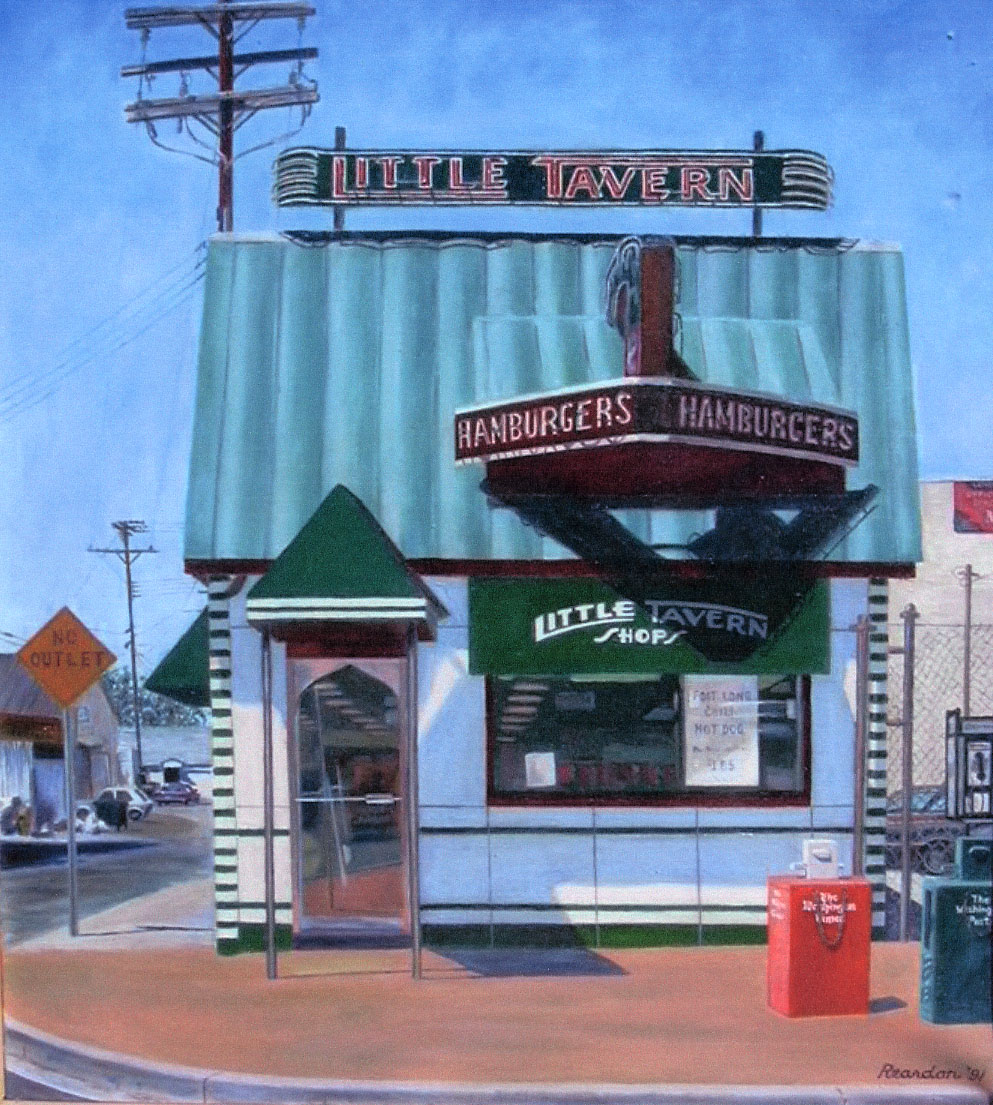Silver Spring: Then & Again
By Jerry A. McCoy
Silver Spring Voice
January 2005
The cause of historic preservation in Silver Spring and elsewhere received an abrupt setback with the passing of resident Judy Reardon on November 26, 2004. Judy was a charter member and long-serving vice president of the Silver Spring Historical Society.
I first became aware of Judy's passion for historic preservation in 1998 when a small group assembled at my home to discuss the establishment of a historical society. The very first hurdle that had to be overcome was what would the mission of our organization be to function strictly in an educational mode or to combine it with a preservationist stance. Judy, who had lived in Silver Spring long before I arrived on the scene, argued vociferously to include the latter. Her reasoning was crystal clear. So much of Silver Spring's history had been destroyed that it was paramount for a historical organization to fight to preserve the best of what remained.
In retrospect it would have been far easier to take the educational stance, but Judy taught me that in not preserving the architecture of our past a community quickly becomes stripped of its uniqueness and thus becomes less interesting and attractive. Judy's love of history manifested itself as a resource to draw upon when interpreting the past and as a source for lessons to extend to the present. As such she served as my mentor, teaching me that historic preservation has residual effects that, while at first perhaps not obvious, will have lasting impact on future generations.
And oh was she a fighter! To describe Judy is to use the phrases "pit bull" and "steel will." Her energy and stamina seemed boundless. After a while I began to lose track of the number of times she testified in defense of the preservation of Silver Spring's built past. The c1935 Little Tavern, the 1938 Silver Theatre and Shopping Center, the 1941 Spring Gardens Apartments and Montgomery Arms Apartments, the 1945 Baltimore & Ohio Railroad Station, the 1946 Canada Dry Bottling Plant, the 1950 Blair Post Office all were buildings that Judy took a leadership role in preserving.
At the time of her death, Judy had just completed the National Register of Historic Places nomination for Silver Spring's 1936-38 Falkland Apartments, a portion currently being considered for redevelopment. Drawing on her historical training she detailed the context of the Falkland's New Deal-era social history within the architectural history of similar garden apartments located throughout the United States.
When not fighting to preserve Silver Spring's landmark buildings Judy documented their existence on canvas, forever capturing the distinctiveness of their architectural design. Reproduced here is the Edward Hopper-esque painting Judy did in 1991 of the demolished c1935 Little Tavern, a painting exhibited in a juried exhibition at Strathmore Hall. Two paintings Judy did of the 1946 Tastee Diner, as it appeared in 1981 and 1993 when located on Georgia Avenue and sporting completely different paint jobs and awnings, reside in the SSHS archives.
Judy's love of history was hardly parochial. She was equally passionate about Baltimore where she was born and grew up, and she supported Preservation Maryland's effort to save Baltimore's historic downtown from the bulldozers. She loved blues and early country music (especially the Carter family, Johnny Cash, and Hank Williams). She loved nature every spring going on forays to see salamanders and wildflowers and wanted passionately to protect the environment and prevent sprawl. This passion was evident in her desire to save old-growth trees in Silver Spring's Jesup Blair Park that are currently endangered by encroaching development.
Not only was Silver Spring a beneficiary of Judy's historic preservation tenets, but her influence extended to the city of Chicago. In 2000 Judy led a Washington, DC lobbying effort to save Chicago's renowned Maxwell Street, a world-famous outdoor market established by Jewish immigrants in the early 20th century and the birthplace of electrified urban blues. She supported Chicago preservationists by working on their behalf in Washington in the form of lobbying, writing letters, and providing background research.
Of her attempt to save Maxwell Street, Judy wrote, "Preservationists are keenly aware that it is not only the Mount Vernons and the Grand Central Stations of the world that must be saved, but also structures which, however 'humble,' have played a role in building and sustaining a communityBy destroying Maxwell Street you are destroying the history of the city, and by extension, part of the history of the nation."
Judy's impact on preserving the history of Silver Spring and, by extension, part of the history of our nation, will prove immeasurable. I am honored to have had her as a colleague and a friend.
Jerry A. McCoy is founder and president of the Silver Spring Historical Society as well as a librarian at the DC Public Library's Washingtoniana Division (DC history archives) and the Georgetown Branch Library's Peabody Room (Georgetown history archives). If you knew Judy and would like to submit memories, please mail them to SSHS, PO Box 1160, Silver Spring, MD 20910-1160 or email sshistory (at) yahoo.com. The society's web site is www.sshistory.org.



